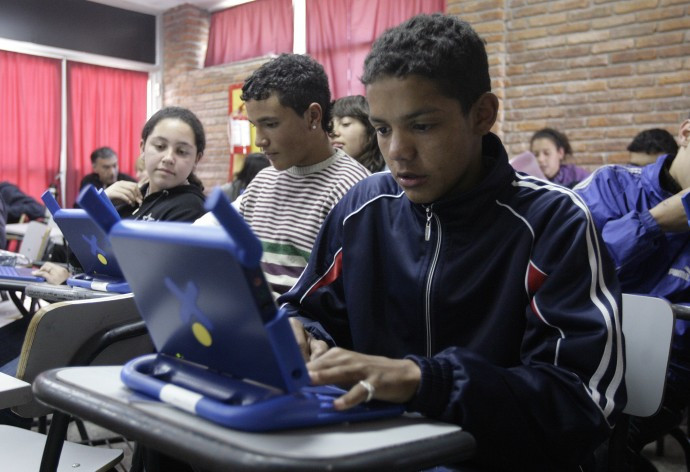Short-sightedness could reach 'epidemic' proportions among children who stay indoors

New research shows that children who spend too much time indoors are at risk of being short-sighted.
Experts have found that environmental factors are a contributory factor in children developing short-sightedness. In its most severe form, impaired vision could lead to a condition called myopia, which causes distant objects to appear blurred, while close objects are seen clearly. The earlier children become myopic the more likely they are to end up being "highly myopic", which carries a high risk of permanent visual impairment and blindness.
Eye health experts have warned of a surge in cases of "high myopia". The rate of myopia has increased in the United States from 25% in the 1970s to over 40% in early 2000, while the current rate in Canada and Britain is 30% .
We are going down the path of having a myopia epidemic.
The increase is even more pronounced in Asian countries, increasing from 30% to almost 80%. It is feared that the unprecedented rise in cases is approaching epidemic levels.
Research has shown rates are highest in countries where they have an intensive education regime, forcing children to spend the majority of their time indoors.
Professor Kathryn Rose, head of orthoptics at the University of Technology, in Sydney, Australia, said: "We're noticing a rise in the level of high myopia, which is the problematic one. It's clear that there are big environmental drivers in myopia because the prevalence rate in some countries has shot up over a matter of decades," said explained.
"While people used to think myopia was genetic, it's quite clear from the rapid change that it can't be genes, it has to be environmental factors."
A recent study that compared Chinese children in Sydney with Chinese children in Singapore found that the Australia-based youngsters have lower levels of eye problems.
The level of myopia amongst the Sydney Chinese children was 3%, compared with 29% for those in Singapore.
In Australia the Chinese children spent around 13 hours a week outside, while in Singapore they were outdoors for around three hours.
"Myopia has nothing to do with ethnicity and has everything to do with lifestyle," Professor Rose concluded.
According to some estimates, one third of the world's population will be diagnosed with myopia by the end of this decade.
Padmaja Sankaridurg, head of the myopia programme at the Brien Holden Vision Institute in Sydney, warned: "We are going down the path of having a myopia epidemic."
It's recommended that children under six years of age should spend at least 10 hours a week outdoors to help prevent myopia developing.
© Copyright IBTimes 2025. All rights reserved.




















